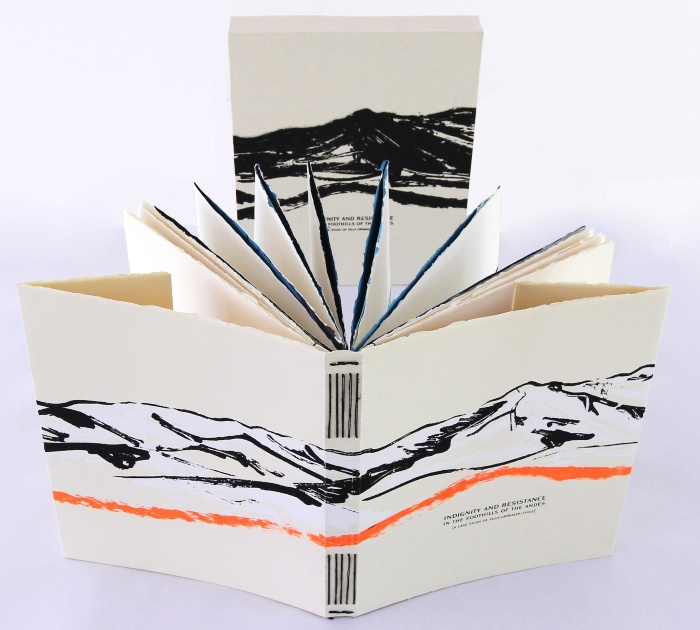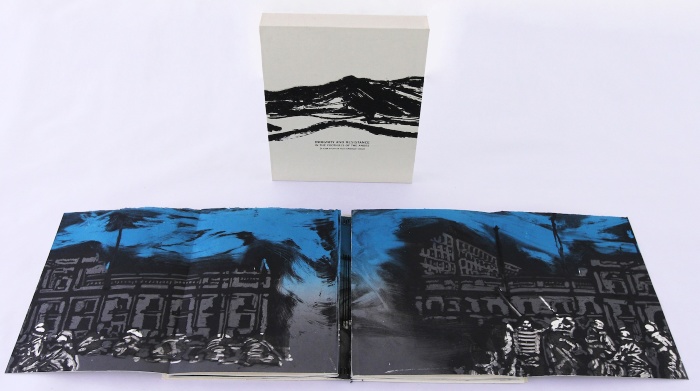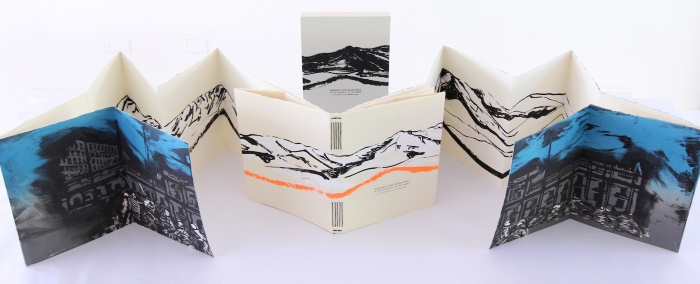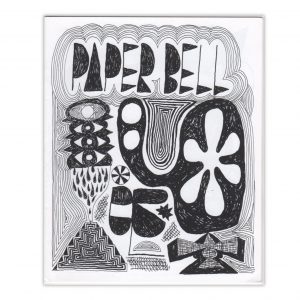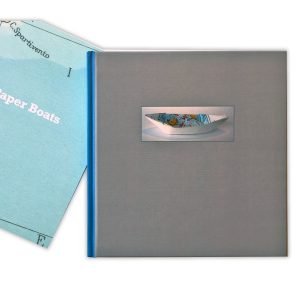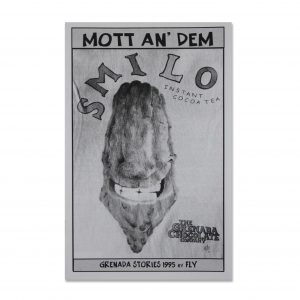- You cannot add "Balouta Print" to the cart because the product is out of stock.
Indignity and Resistance in the foothills of the Andes. A Case Study of Villa Grimaldi. 1973-1978
Indignity and Resistance in the foothills of the Andes. A Case Study of Villa Grimaldi. 1973-1978
Date
2015
Edition Size
50
Media
Etching, Monoprint, Silkscreen
Binding
Accordion
Format
Artist Book
Dimensions
10 × 13.2 × 1.2 in
Collection
Collection Development, Limited Edition Artists Books$ 5,600.00
Unavailable
View Collectors
Bainbridge Island Museum of Art
Klingspor Museum
Library of Congress (LoC)
Parque por la Paz Villa Grimaldi
School of the Museum of Fine Arts (SMFA) at Tufts
Scripps College, Denison Library
Stanford University
The University of New Mexico (UNM)
University of California, Irvine (UCI)
University of Delaware Library
Indignity and Resistance in the foothills of the Andes, A Case Study of Villa Grimaldi is part of an investigation of one of the most notable torture centers during the dictatorship in Chile, 1973-1990, called Villa Grimaldi. Based on oral archives, interviews with survivors, conversations with members of the families of the disappeared, and the Villa Grimaldi’s Directory this study takes the form of an artist’s book.
The book consists of multiple bodies of texts. These include a brief introduction to Villa Grimaldi, the list of victims, the structure of the DINA (torturers), testimony of Gladys Diaz, and quotes from other survivors.
The central image is an accordion structure printed on both sides with monoprints etchings and screen print techniques. On one side, illustrations of the political prisoners are represented in their daily basis positions when they were tortured, as well as the solidarity that existed between them as a means of survival. On the backside, a long print of the Andes Mountain that surrounding Villa Grimaldi in 360 degrees is depicted.
The structure unfolds and converts into an illusion of the inside of the torture center, while on the outside, the figure of the Andes reflected what was happening in a common day. In the Inside of the circle shape, some tortures techniques are characterized as the “Road of Death”, marked by the front door to the tower, the “Corvi houses”, the railroad tracks, the blindfolded way, and the forced labors.
The book is bound using Japanese tab binding and long stitched in the spine. It is contained inside of a slipcase wrapped with linen book cloth with silkscreen printed.



